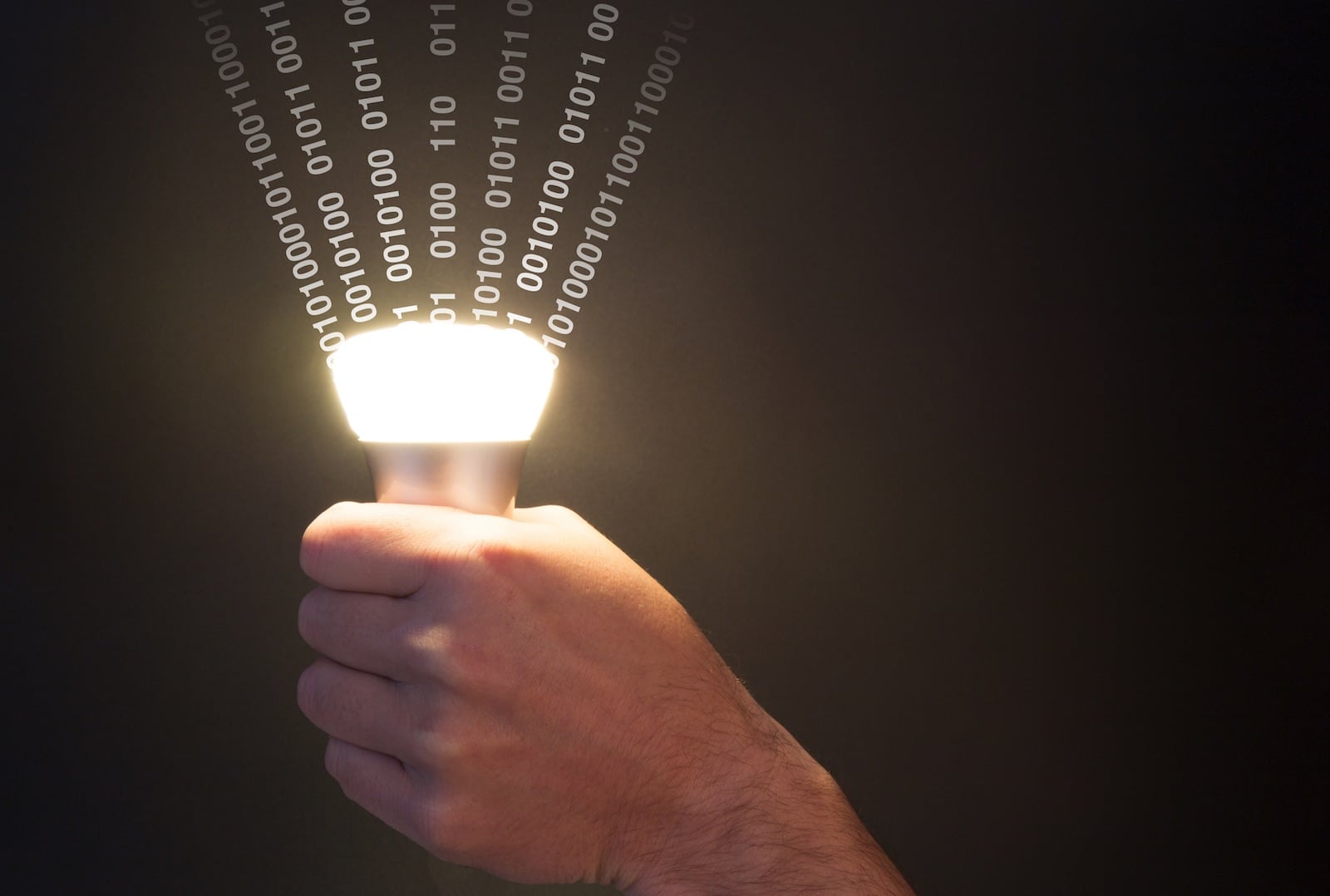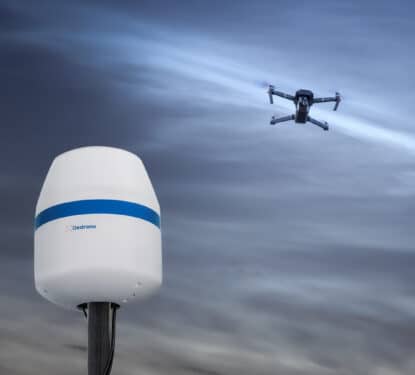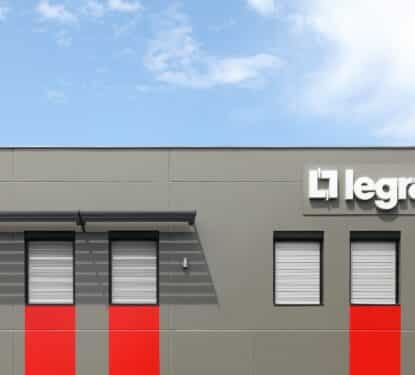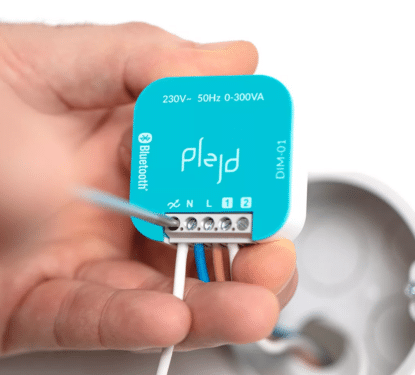In a May 2015 interview with Memoori, we asked Professor Harald Haas - the man who coined the term LiFi and co-founder of pureLiFi - where he sees the technology in three to five years. He responded:
“In three to five years we would have seen the deployment of LiFi for specific applications, our major focus [at that stage] would be convincing other industries of the benefits of LiFi for their applications… you highlighted potential applications in the healthcare sector as likely early adopters. LiFi can play a huge role within healthcare, providing comprehensive health monitoring benefits, increasing patient comfort, cost savings and easing pressure on hospitals, among other things. I foresee wearable devices with an integrated micro-LED, in an earring for example, that could measure blood pressure, temperature, even the composition of your blood. This data can then be transferred to the sensors in smart LEDs allowing patients to be monitored 24/7.”
Reminding Haas of his answer today, almost three years on, he said “the development of the technology has surpassed even our own expectations. There is now a LiFi association and standards are being developed. Everything is on track.”
LiFi is a wireless protocol that utilizes the visible light spectrum to provide wireless networking access. A LiFi transmitter uses LED lights to modulate light intensity – mostly beyond what our eyes can perceive – and that is read as data by a photosensitive receiver. Considering LEDs already use a chip to control their output they can modulate up to millions of times per second, theoretically allowing them to transmit data up to 100 times faster than Wi-Fi.
LiFi does not necessarily need direct line of sight, photons are able to bounce off surfaces and still be successfully gathered by receivers. It cannot pass through walls however. This seemingly creates a limitation but in reality there is lighting in every room, so there could be LiFi in every room or selected rooms. Whereas WiFi’s radio signals are distributed throughout a building and surrounding areas, making it more vulnerable to hacking.
Like any good technology there is a bandwagon to jump on. The recent Global LiFi Congress in Paris is seemingly taking advantage of LiFi’s success. “That’s something else, it’s not LiFi. Once a technology gets popular people jump on the bandwagon,” said Haas, who did not have any presence at the event as an individual or with his firm pureLiFi. The event, he said, also dealt with light communication but in a different way.
“LiFi is a fully networked bi-directional communications using lighting infrastructure in buildings and public spaces,” he said. “I’m working on developing the taxonomy of light communication. So, for example, in radio communication everybody would understand that bluetooth is different. While in our field people still confuse visible light communication (VLC) with LiFi and vice versa.”
“It is very important to be clear that LiFi is a mobile communication system whereas VLC offers communication between two fixed points only, so VLC is basically a cable replacement,” he added.

pureLiFi have now developed a fully integrated dongle, which they demonstrated at this year’s mobile world congress in February. It is a fully integrated LiFi modem that is small enough to fit into the cover of a mobile phone case, and a number of firms have begun integrating the corresponding elements into luminaires.
So, in terms of components, the market is ready, the next step is standards. Last summer the Institute of Electrical and Electronics Engineers (IEEE), the organization that standardized WiFi, announced plans to create a new standard for the technology. IEEE expects to release a standard for LiFi in approximately three years. The IEEE 802.11 dedicated standards committee is currently collecting industry feedback on the landmark Li-Fi standard.
The standard will be a turning point for broad adoption of LiFi. It is the stage that we can start discussing LiFi enabled laptops and mobile phones, along with the host of applications that will inevitably come to the fore. The wait is not holding back LiFi’s success in a range of niche applications, as Haas explains.
“LiFi is already being tested and demonstrated in a growing number of real life situations. Haas described the success of LiFi for the defence industry’s mobile operations, for example. We’re talking about field operation centers in tents on the battlefield itself. LiFi promises to replace WiFi in this setting by offering greater security. Where WiFi can be hacked in a matter of minutes; the data rich light of LiFi does not leave the tent – and then there’s fast data transfer rates.”
On the battlefield, in the hospital or integrated into consumer mobile technology, LiFi is carving out a place in the market. This is a market they will share with WiFi, for a while at least. “For the next 15-20 years the two technologies will co-exist,” says Dr. Geoff Archenhold from Integrated Systems Technologies.
We expect to see niche applications emerging in the coming years but the real action will happen when the standards are released. There’s no doubt Memoori will be there to speak to Prof. Haas in another three years with to get all the latest information on this ground-breaking technology.
[contact-form-7 id="3204" title="memoori-newsletter"]



